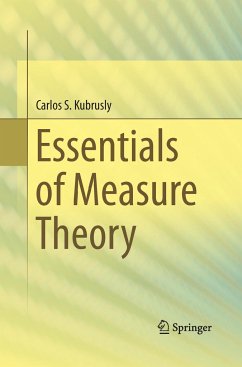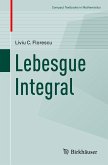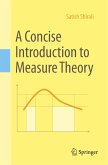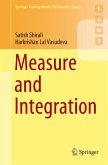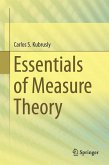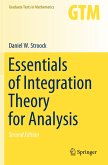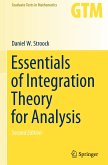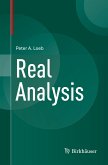Classical in its approach, this textbook is thoughtfully designed and composed in two parts. Part I is meant for a one-semester beginning graduate course in measure theory, proposing an "abstract" approach to measure and integration, where the classical concrete cases of Lebesgue measure and Lebesgue integral are presented as an important particular case of general theory. Part II of the text is more advanced and is addressed to a more experienced reader. The material is designed to cover another one-semester graduate course subsequent to a first course, dealing with measure and integration in topological spaces.
The final section of each chapter in Part I presents problems that are integral to each chapter, the majority of which consist of auxiliary results, extensions of the theory, examples, and counterexamples. Problems which are highly theoretical have accompanying hints. The last section of each chapter of Part II consists of Additional Propositions containing auxiliaryand complementary results. The entire book contains collections of suggested readings at the end of each chapter in order to highlight alternate approaches, proofs, and routes toward additional results.
With modest prerequisites, this text is intended to meet the needs of a contemporary course in measure theory for mathematics students and is also accessible to a wider student audience, namely those in statistics, economics, engineering, and physics. Part I may be also accessible to advanced undergraduates who fulfill the prerequisites which include an introductory course in analysis, linear algebra (Chapter 5 only), and elementary set theory.
The final section of each chapter in Part I presents problems that are integral to each chapter, the majority of which consist of auxiliary results, extensions of the theory, examples, and counterexamples. Problems which are highly theoretical have accompanying hints. The last section of each chapter of Part II consists of Additional Propositions containing auxiliaryand complementary results. The entire book contains collections of suggested readings at the end of each chapter in order to highlight alternate approaches, proofs, and routes toward additional results.
With modest prerequisites, this text is intended to meet the needs of a contemporary course in measure theory for mathematics students and is also accessible to a wider student audience, namely those in statistics, economics, engineering, and physics. Part I may be also accessible to advanced undergraduates who fulfill the prerequisites which include an introductory course in analysis, linear algebra (Chapter 5 only), and elementary set theory.
"It is a very good book, meeting the objectives the author has set for himself. For readers who want to go beyond the parameters set by the text, there are ample references, and as I already indicated, Kubrusly does an excellent job in situating this centrally important mathematical subject in a proper larger context." (Michael Berg, MAA Reviews, August, 2016)
"The advantage of the book is also that important notions of the theory are considered very carefully and in detail with all sides. It is useful for students." (Ivan Podvigin, zbMATH 1347.28001, 2016)
"The advantage of the book is also that important notions of the theory are considered very carefully and in detail with all sides. It is useful for students." (Ivan Podvigin, zbMATH 1347.28001, 2016)

